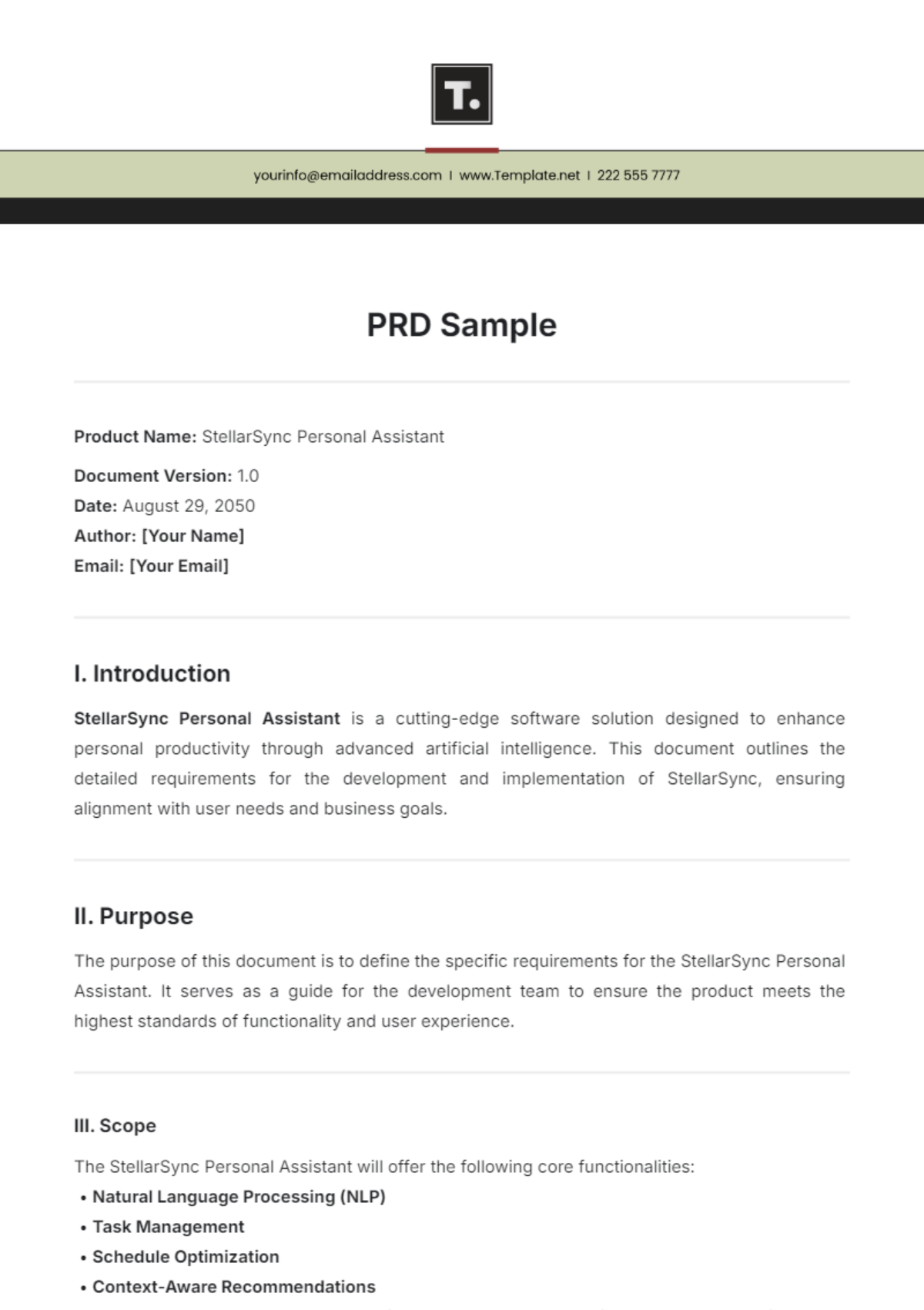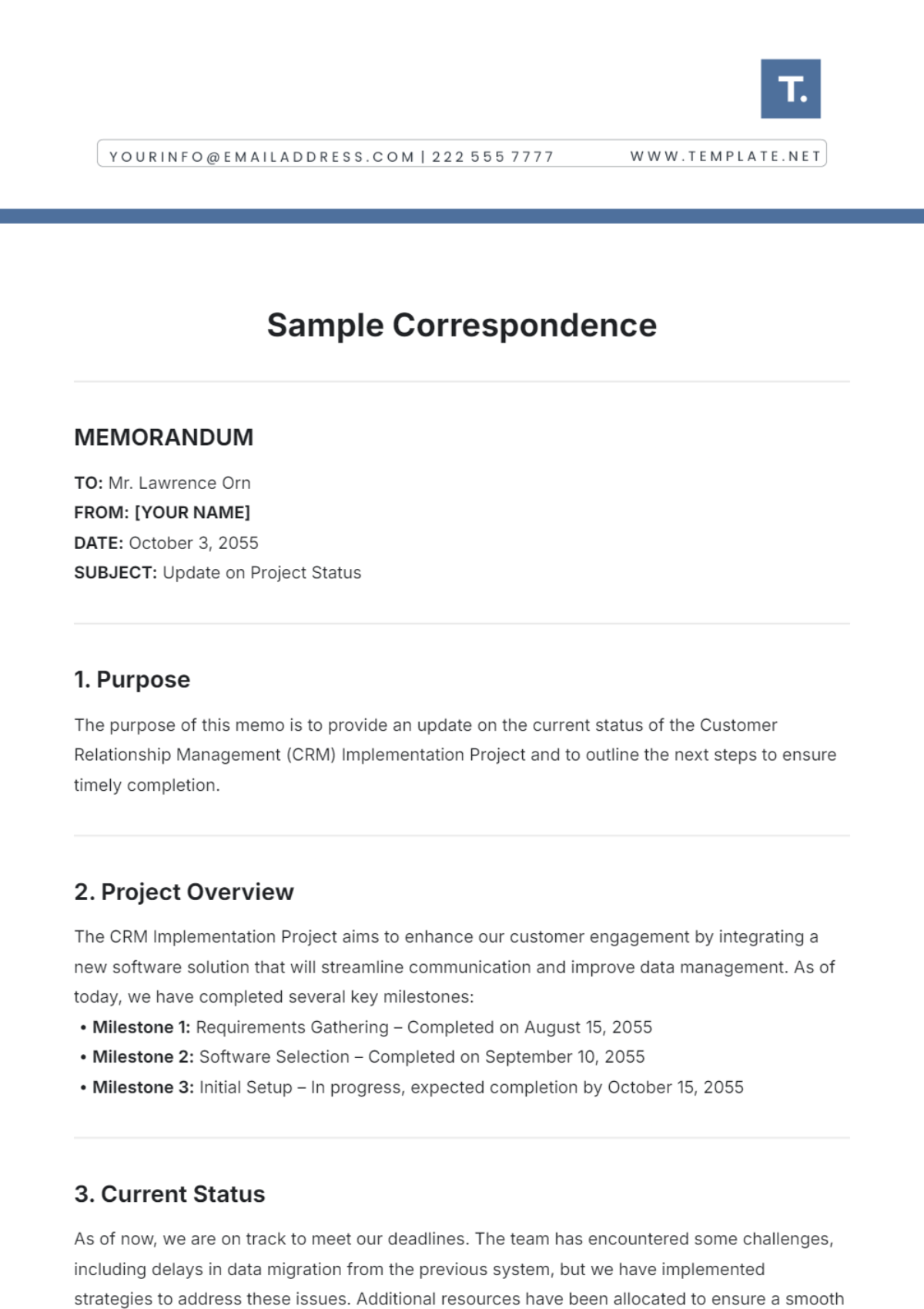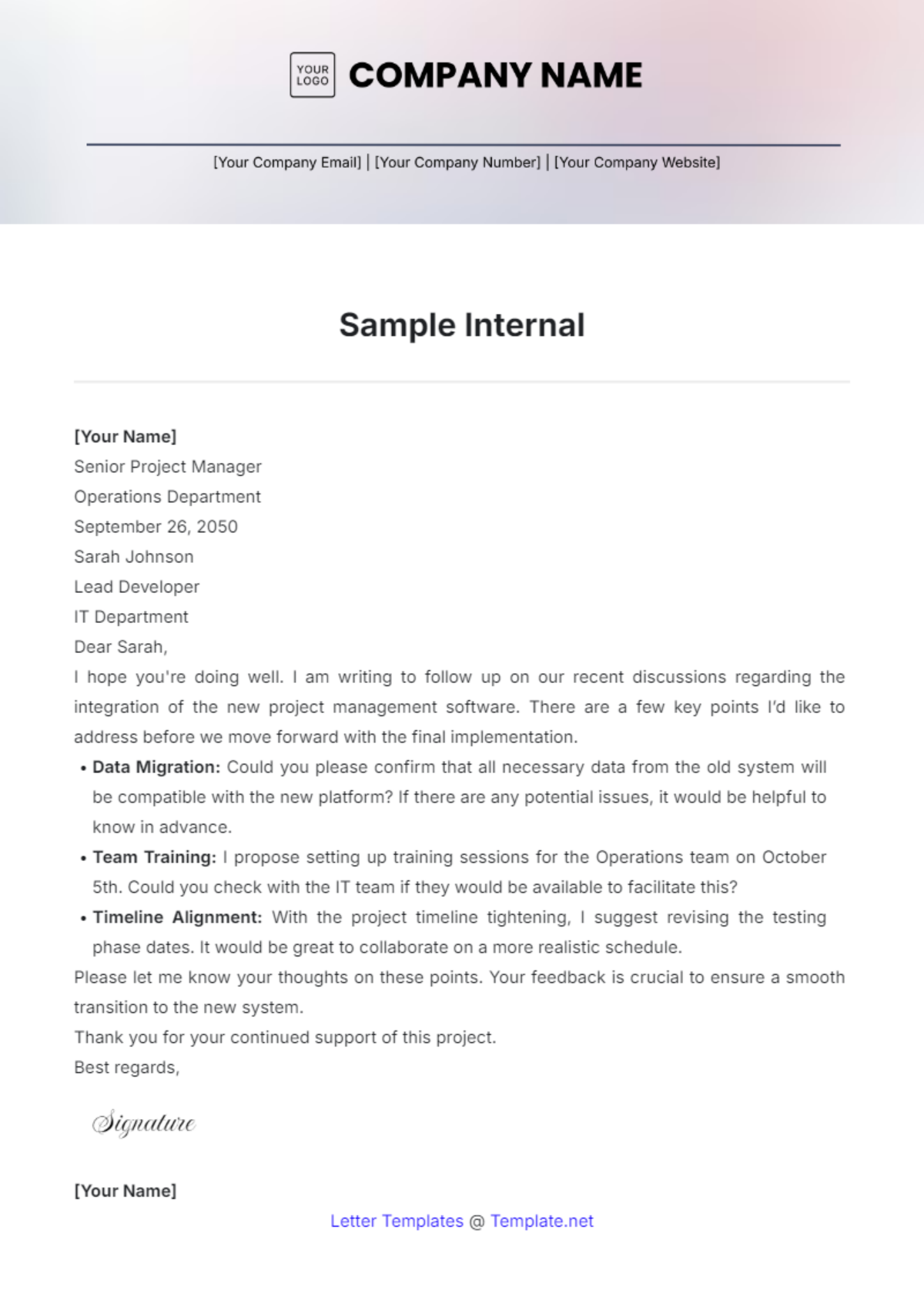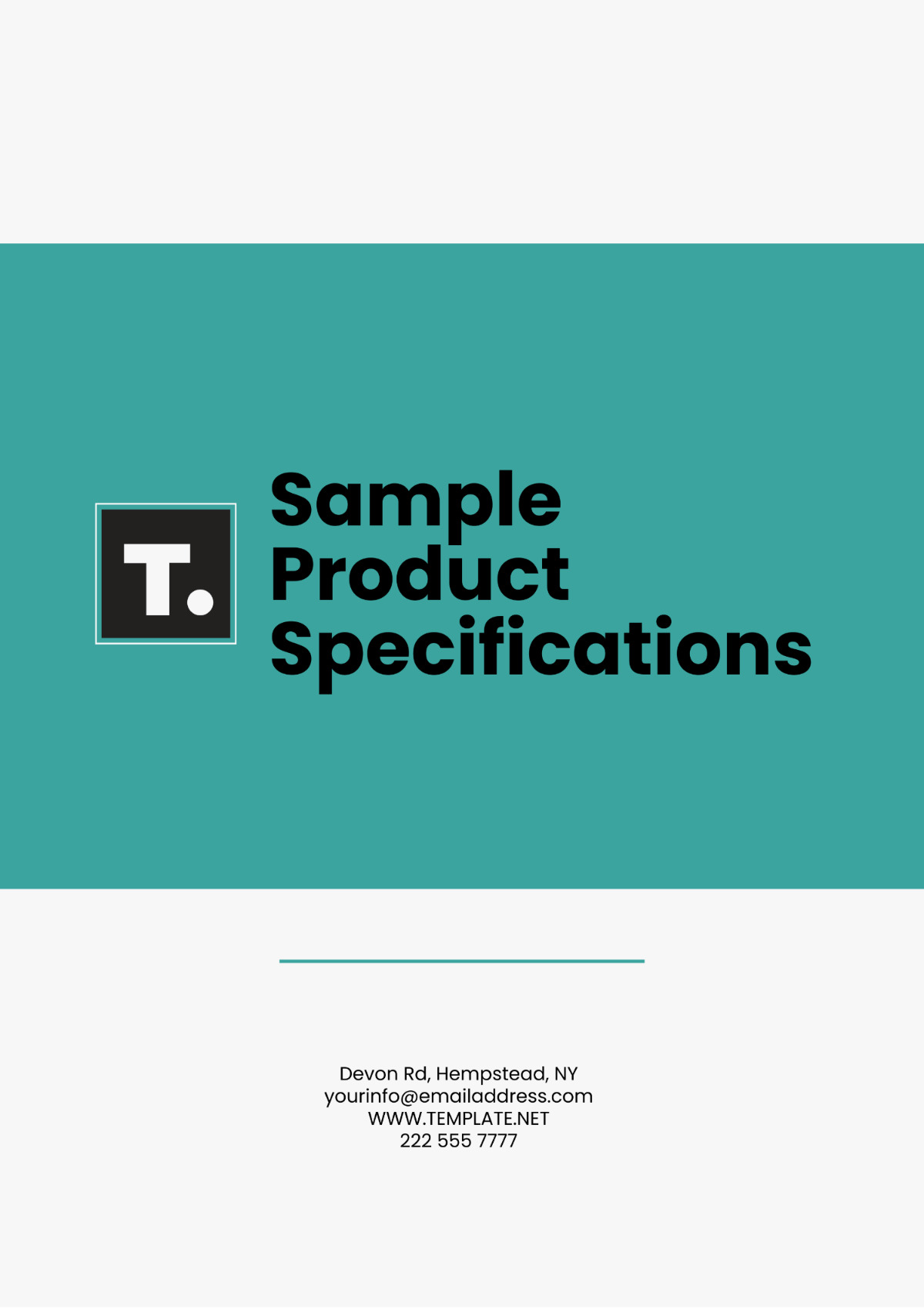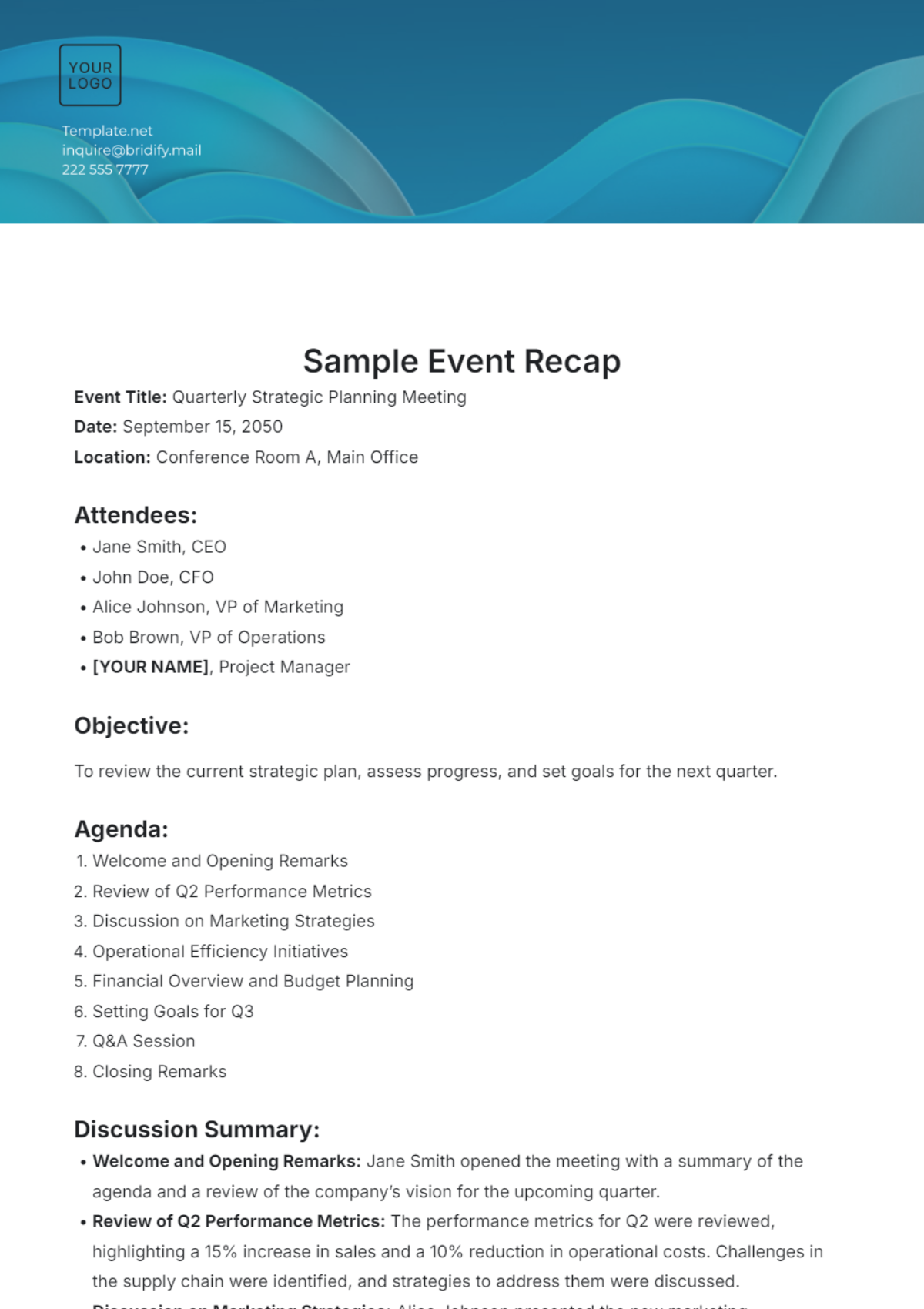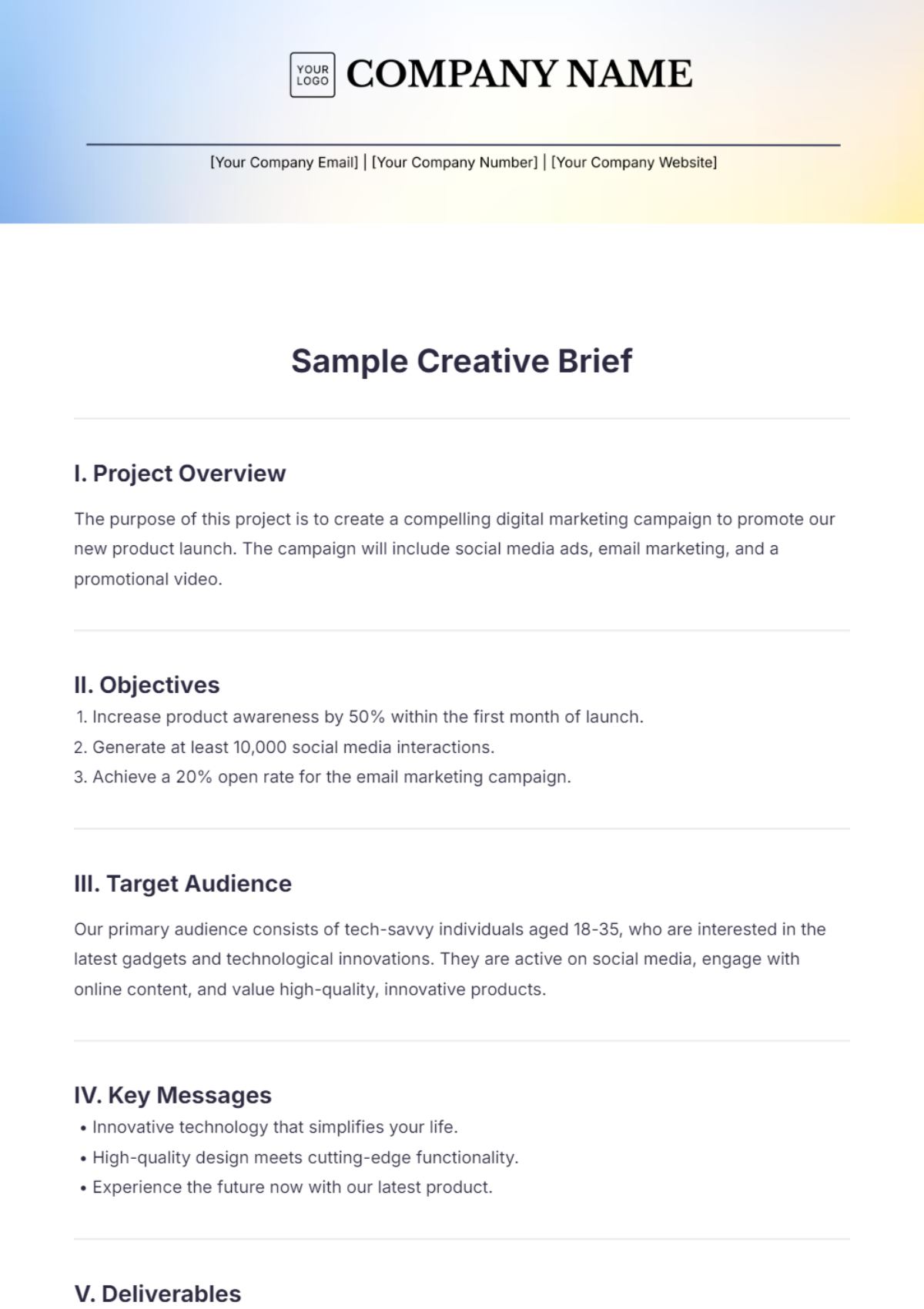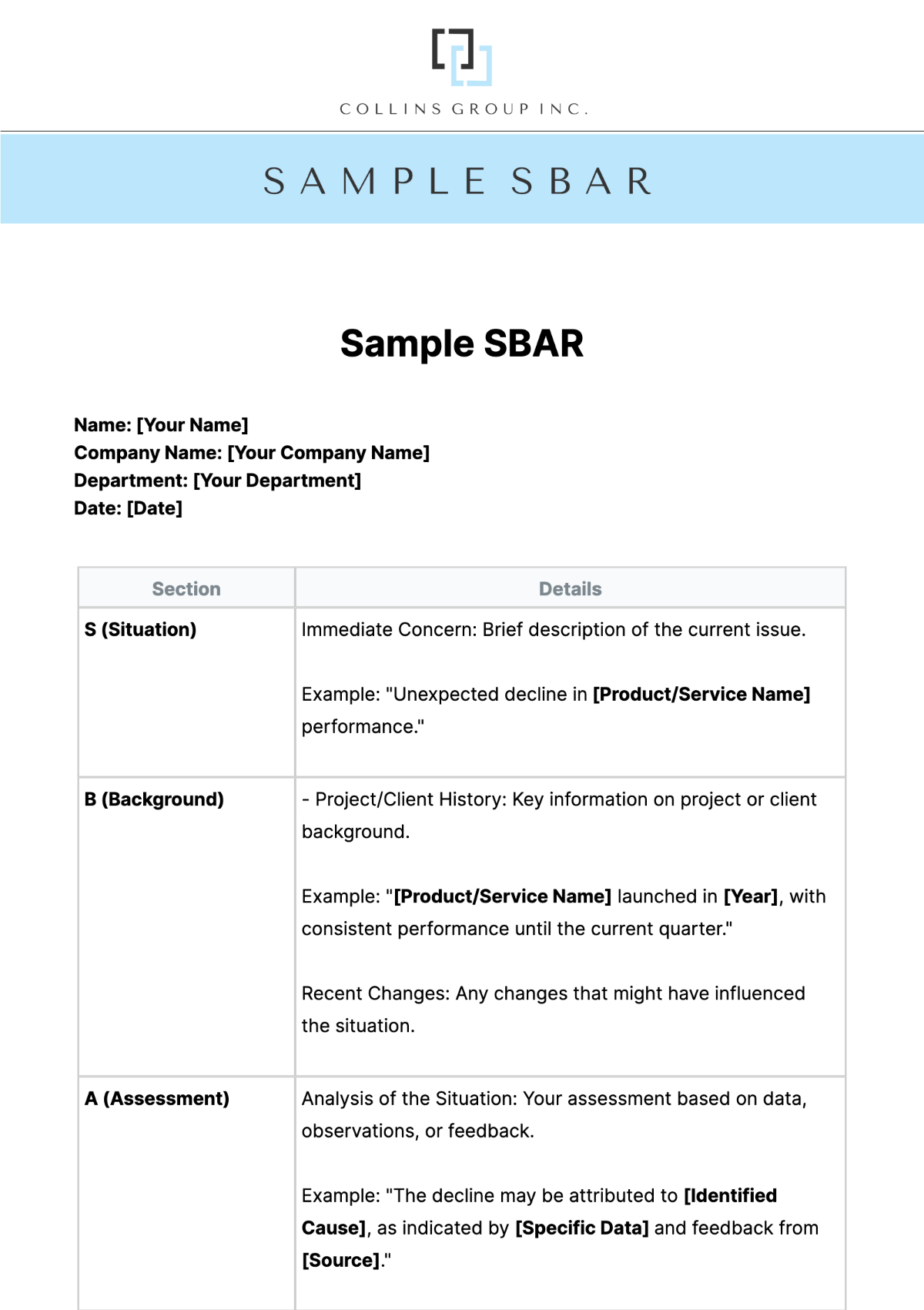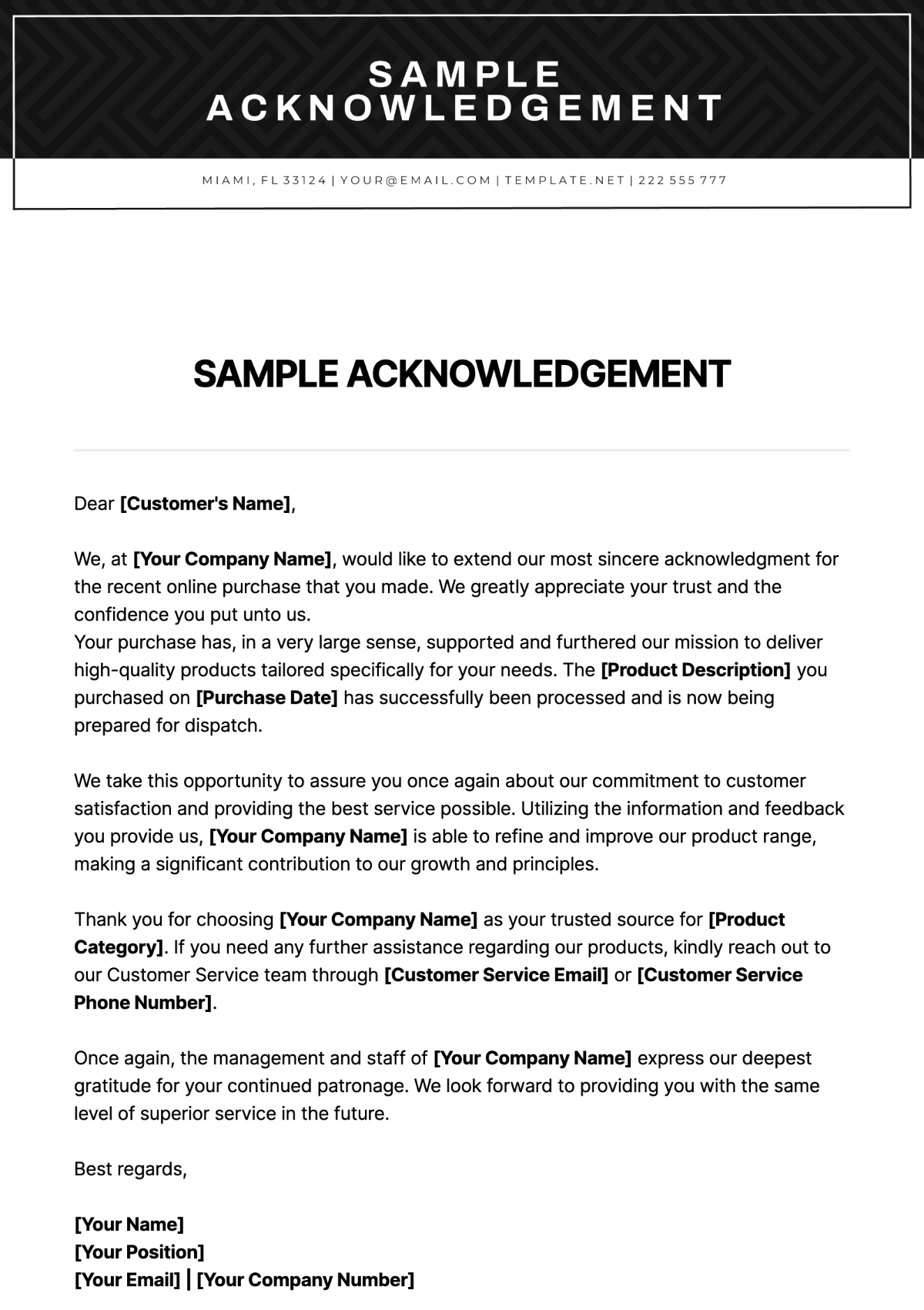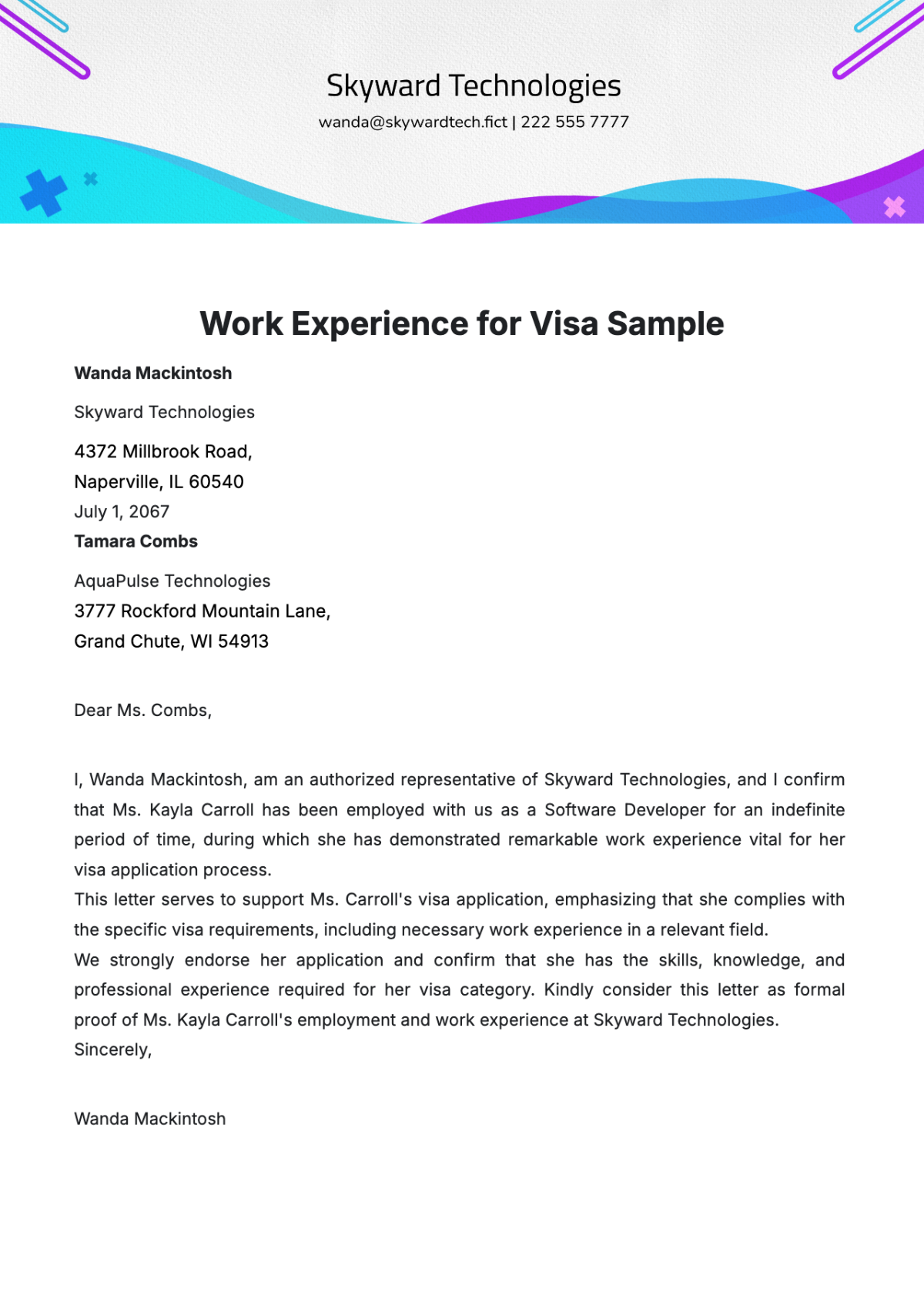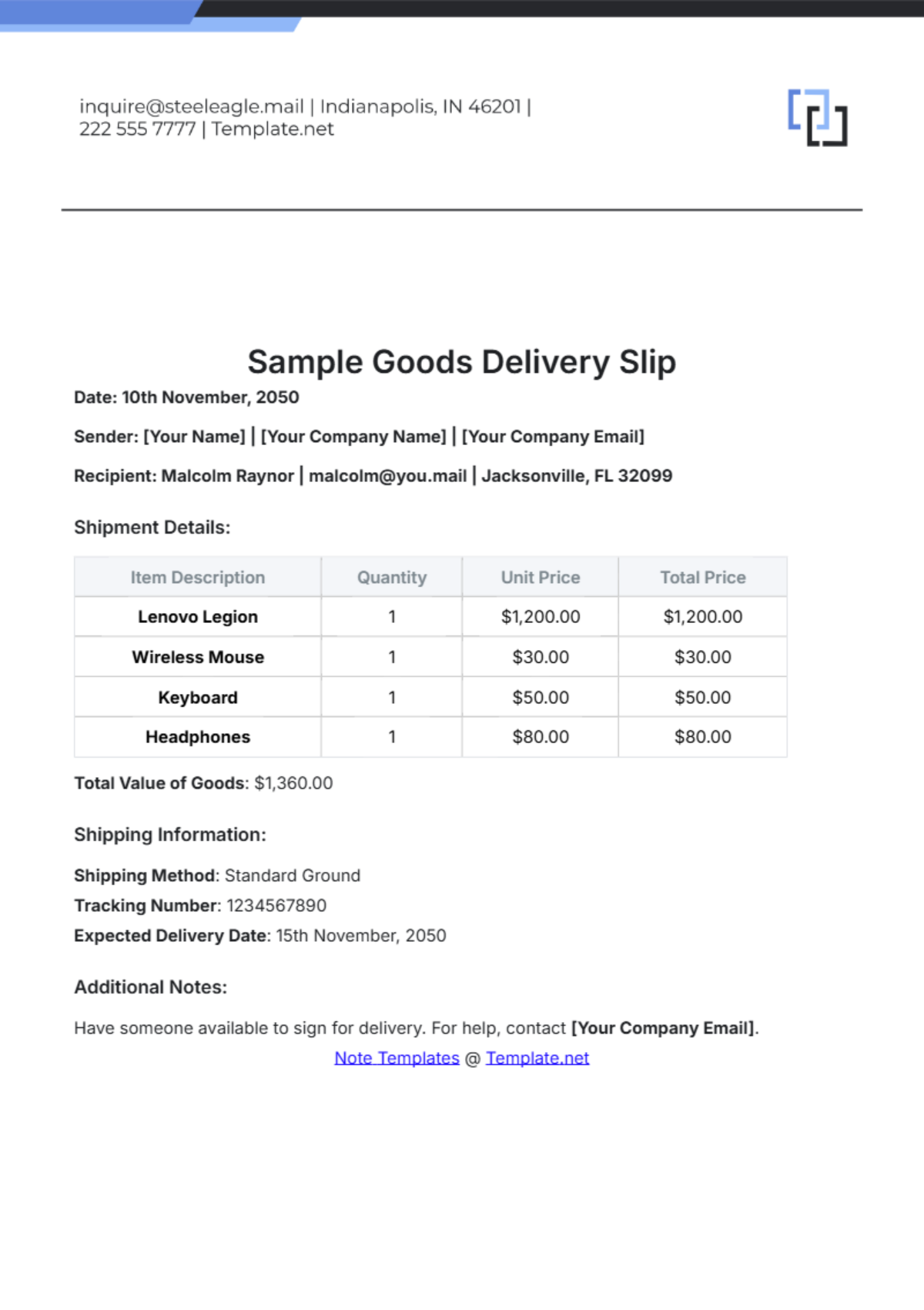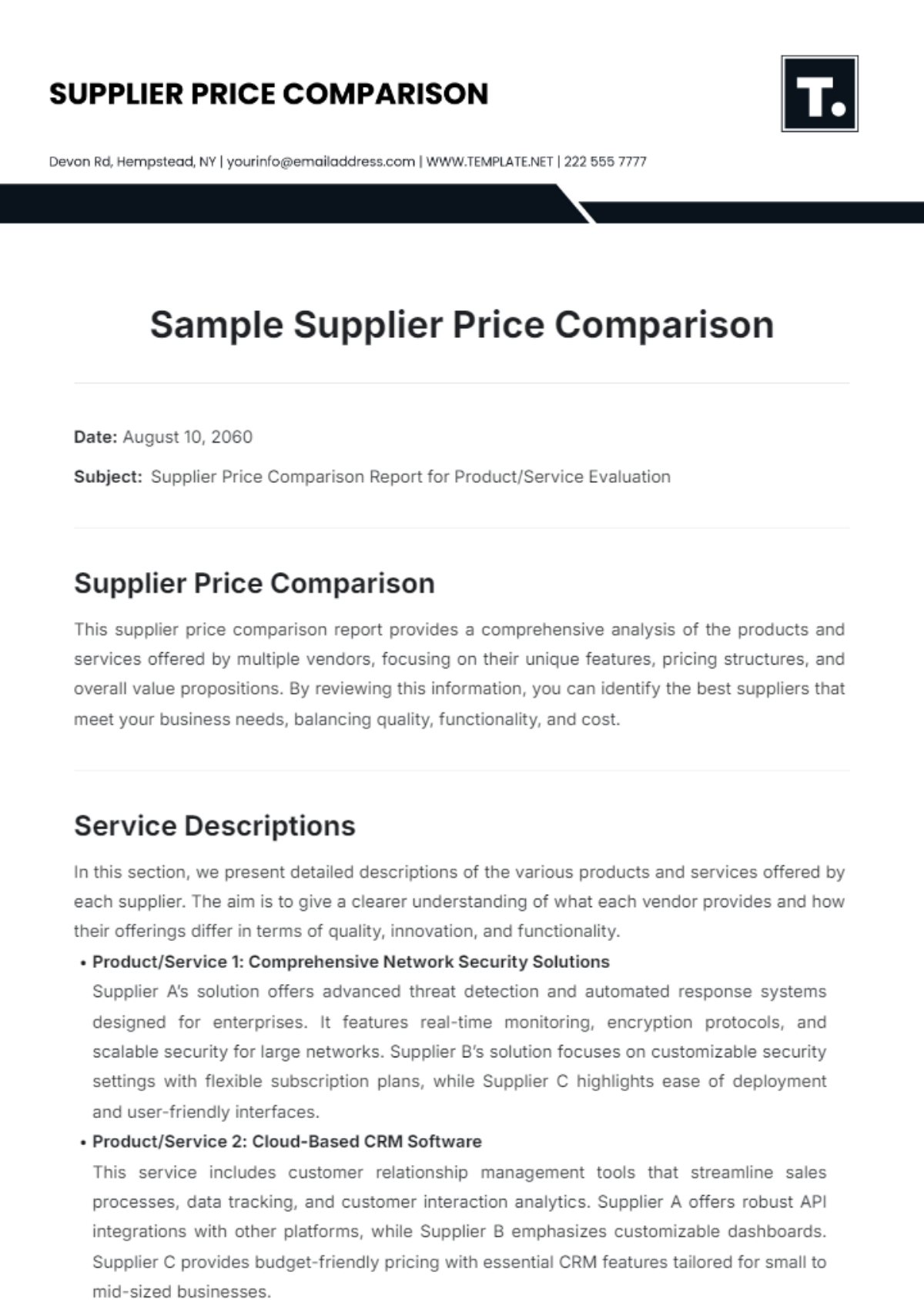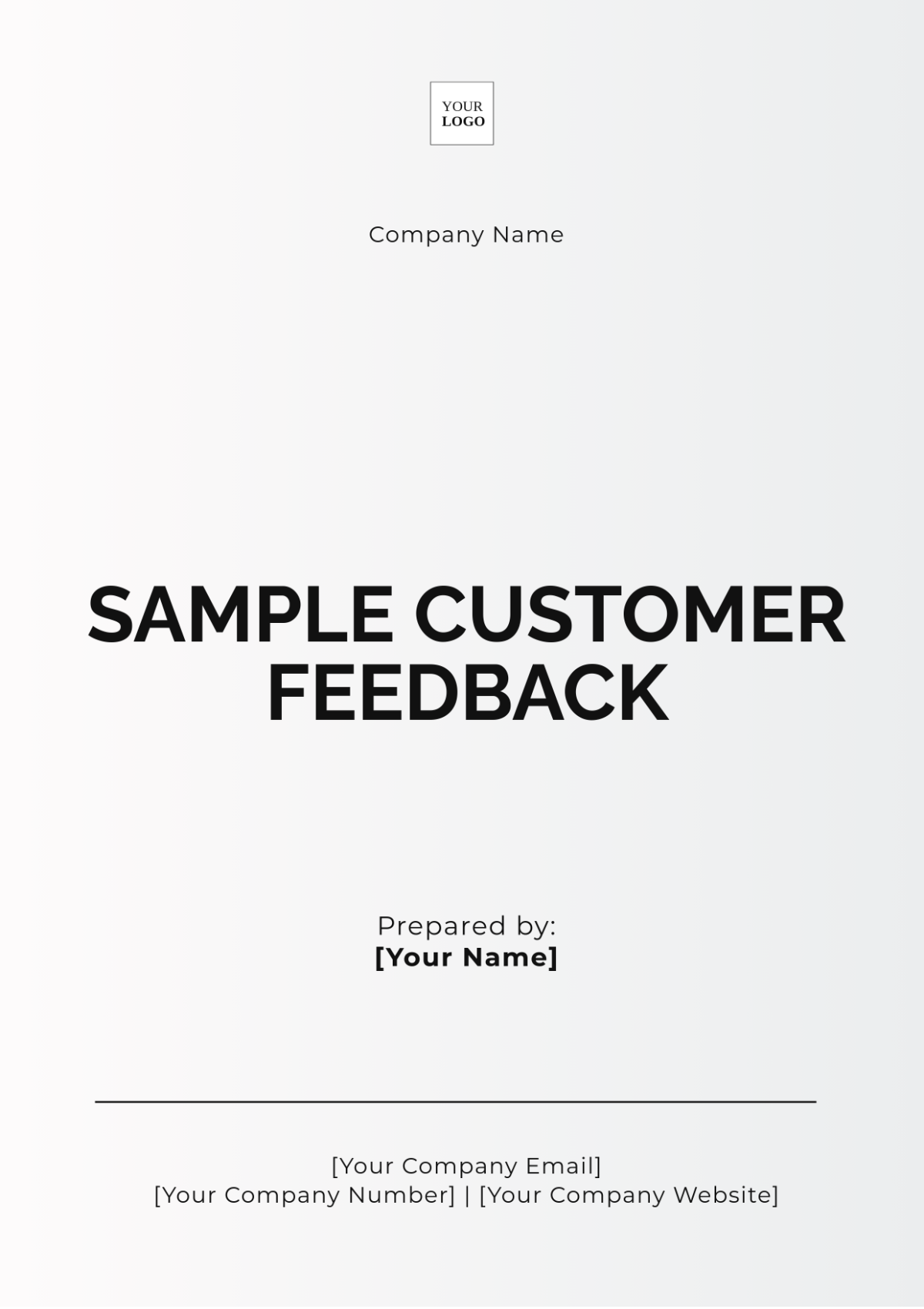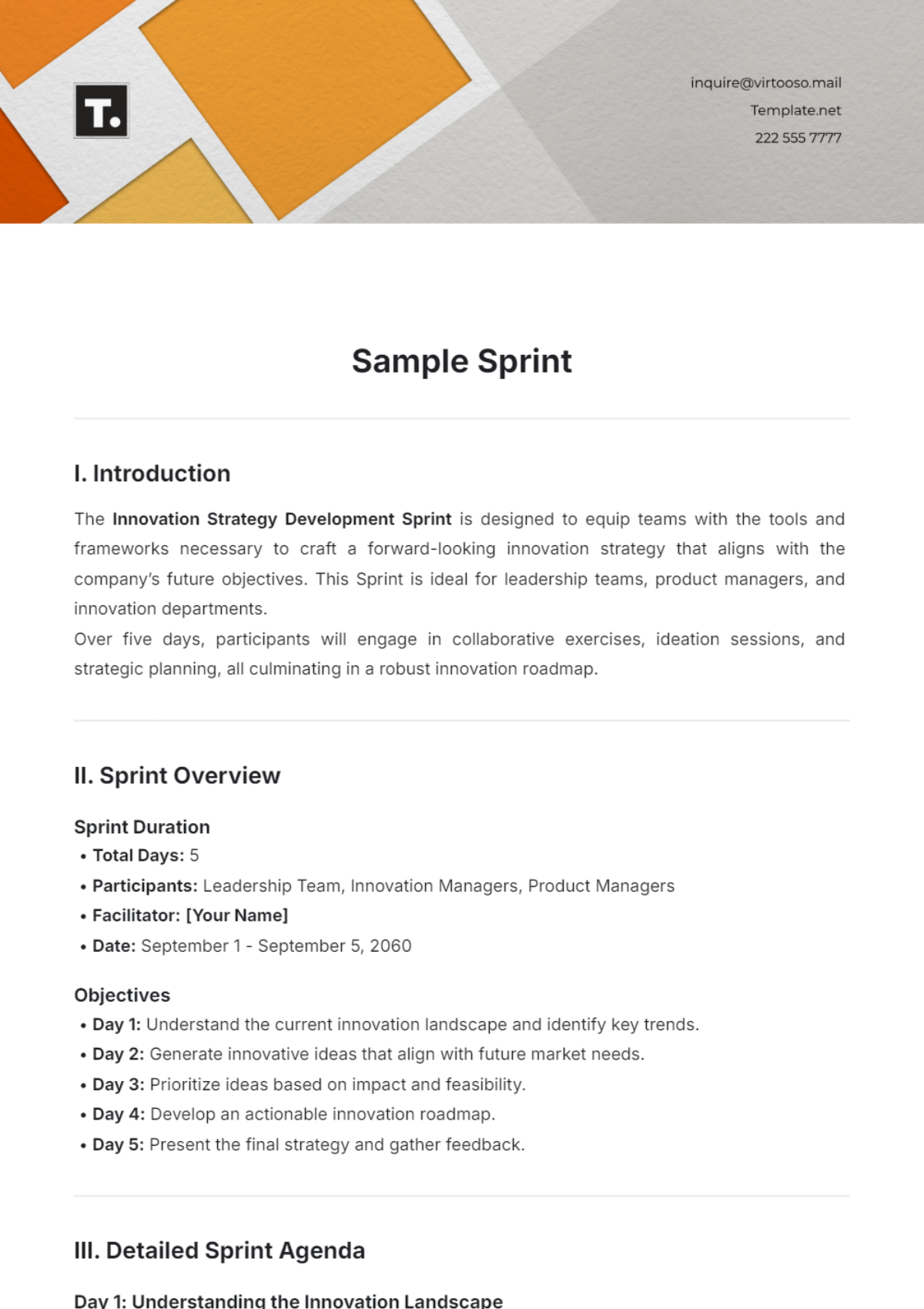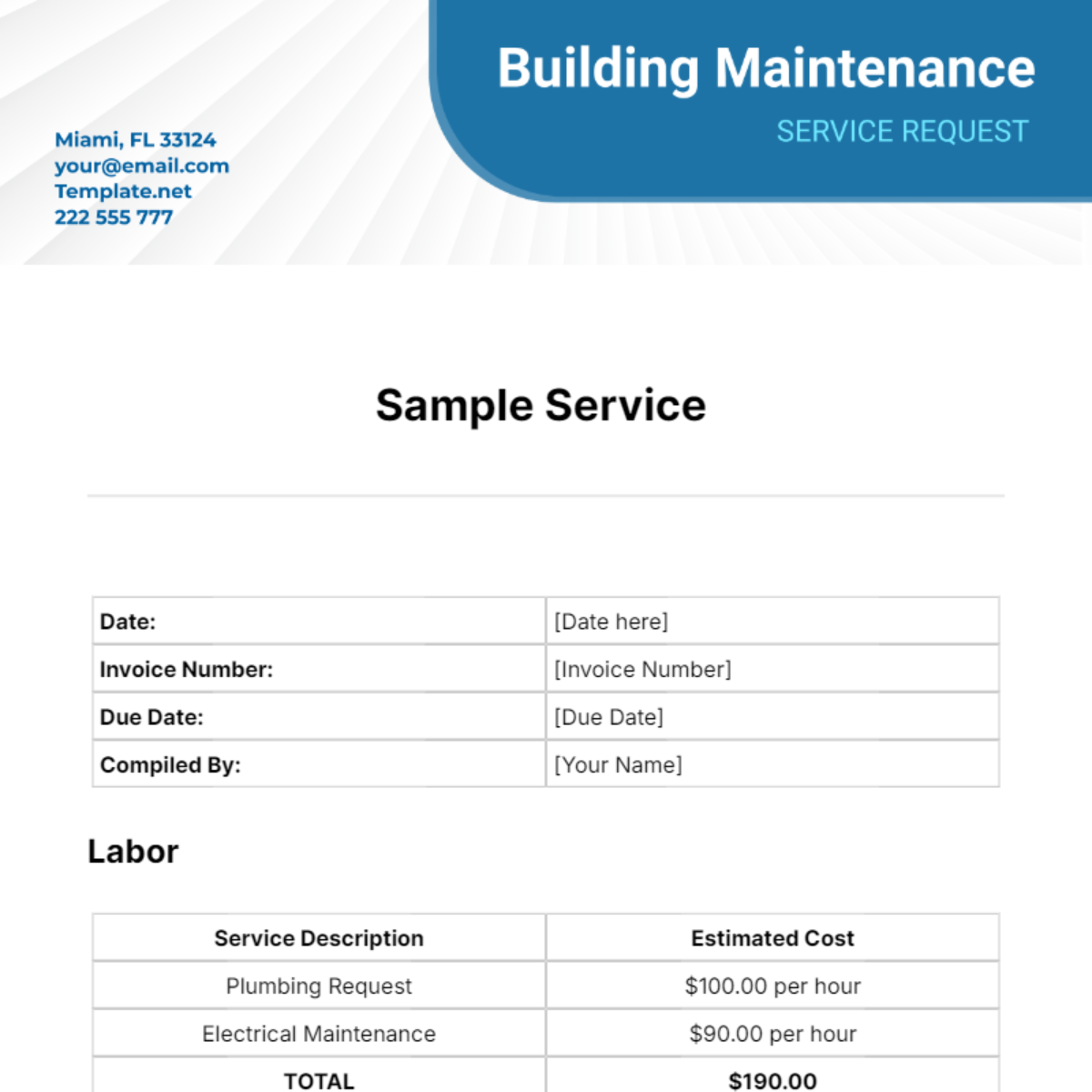Sample Medical Protocol
Prepared by: [Your Name]
1. Background and Rationale
Hypertension is a leading risk factor for cardiovascular diseases. Despite available treatments, many patients do not achieve optimal blood pressure control. Hypotensol, a new angiotensin receptor blocker (ARB), has shown promise in preliminary studies for reducing blood pressure with fewer side effects. This trial aims to evaluate the efficacy and safety of Hypotensol compared to a standard ARB.
2. Objectives
Primary Objective:
To evaluate the efficacy of Hypotensol in reducing systolic blood pressure compared to the standard ARB in patients with hypertension over 12 weeks.
Secondary Objectives:
To assess the safety and tolerability of Hypotensol.
To evaluate the effect of Hypotensol on diastolic blood pressure.
To assess patient-reported outcomes related to quality of life.
3. Study Design
This is a randomized, double-blind, placebo-controlled, parallel-group study.
Study Population:
Inclusion Criteria:
Adults aged 18-65 years.
Diagnosed with primary hypertension (systolic BP ≥ 140 mmHg).
Currently untreated or on a stable dose of antihypertensive medication.
Exclusion Criteria:
Secondary hypertension.
History of cardiovascular events in the past 6 months.
Pregnant or breastfeeding women.
Study Duration:
12 weeks
Intervention:
Treatment Group: Hypotensol 20 mg once daily.
Control Group: Standard ARB 10 mg once daily.
Placebo Group: Placebo once daily.
4. Study Procedures
Screening Phase (Week 0):
Obtain informed consent.
Perform baseline assessments (medical history, physical exam, blood pressure measurement, laboratory tests).
Randomization and Treatment Phase (Week 1-12):
Randomize eligible patients into one of the three study groups.
Dispense study medication.
Conduct follow-up visits at Weeks 2, 4, 8, and 12 for blood pressure measurements, safety assessments, and medication adherence checks.
Follow-up Phase (Week 13):
Final assessment of blood pressure, safety, and patient-reported outcomes.
5. Outcome Measures
Primary Outcome:
Change in systolic blood pressure from baseline to Week 12.
Secondary Outcomes:
Change in diastolic blood pressure from baseline to Week 12.
Incidence of adverse events.
Changes in patient-reported quality of life scores.
6. Statistical Analysis
Sample Size: 300 patients (100 per group) to achieve 80% power with a 5% significance level.
Analysis Plan:
Intention-to-treat analysis for primary and secondary outcomes.
ANOVA for comparing blood pressure changes between groups.
Descriptive statistics for safety outcomes.
7. Ethical Considerations
The study will be conducted in accordance with the Declaration of Helsinki.
Ethical approval will be obtained from the Institutional Review Board (IRB) at each study site.
Informed consent will be obtained from all participants.
8. Data Management and Monitoring
Data will be collected using electronic case report forms (eCRFs).
Regular monitoring visits will be conducted to ensure protocol adherence.
Data will be stored securely, and only authorized personnel will have access.
9. Dissemination of Results
Results will be published in peer-reviewed journals and presented at scientific conferences.
Participants will receive a summary of the study findings.
10. References
Smith, John M., and Taylor, Emily R. "The Impact of Angiotensin Receptor Blockers on Hypertension Management." Journal of Hypertension Research. 2049; 15(3): 245-256.
Williams, Michael K., and Davis, Rachel L. "A Comprehensive Review of New Antihypertensive Medications." Cardiology Today. 2048; 22(7): 389-400.
